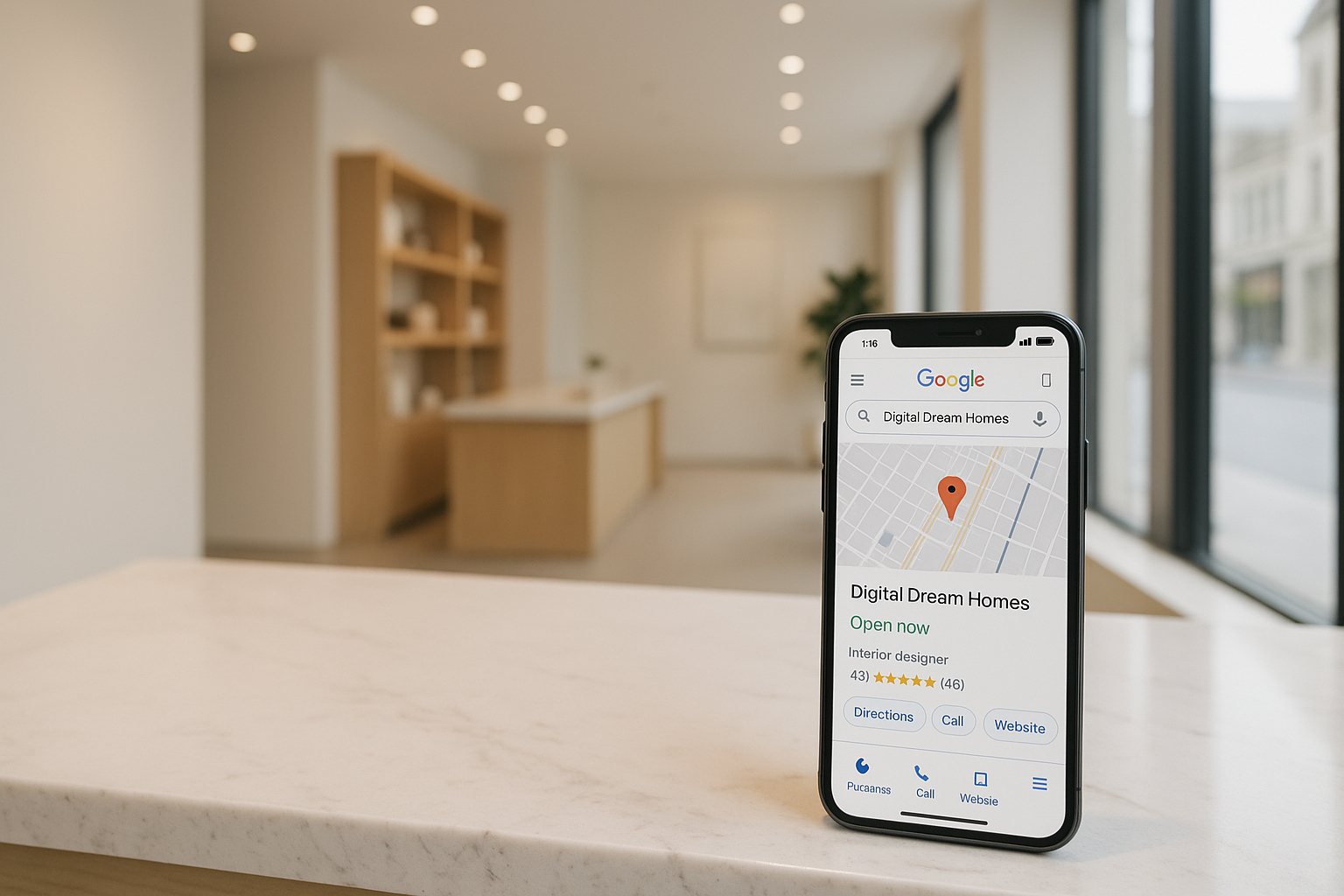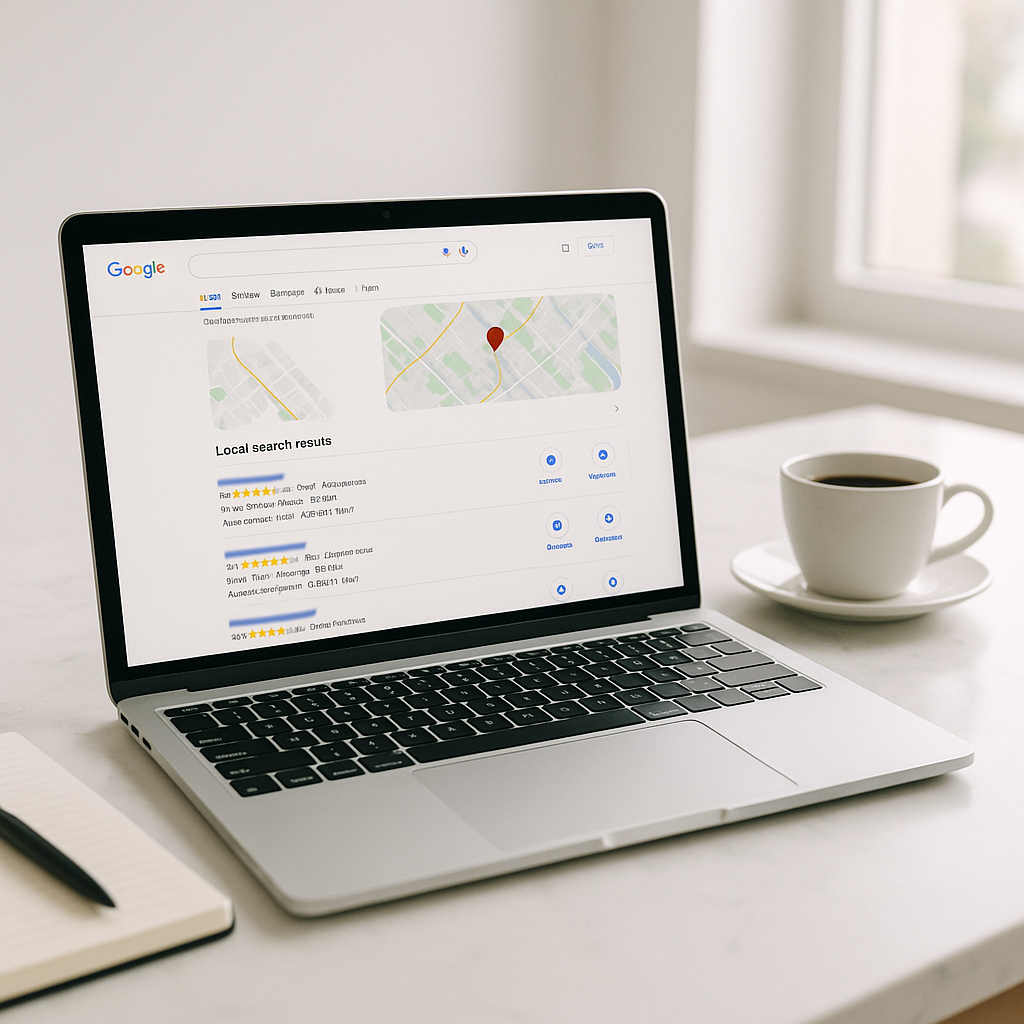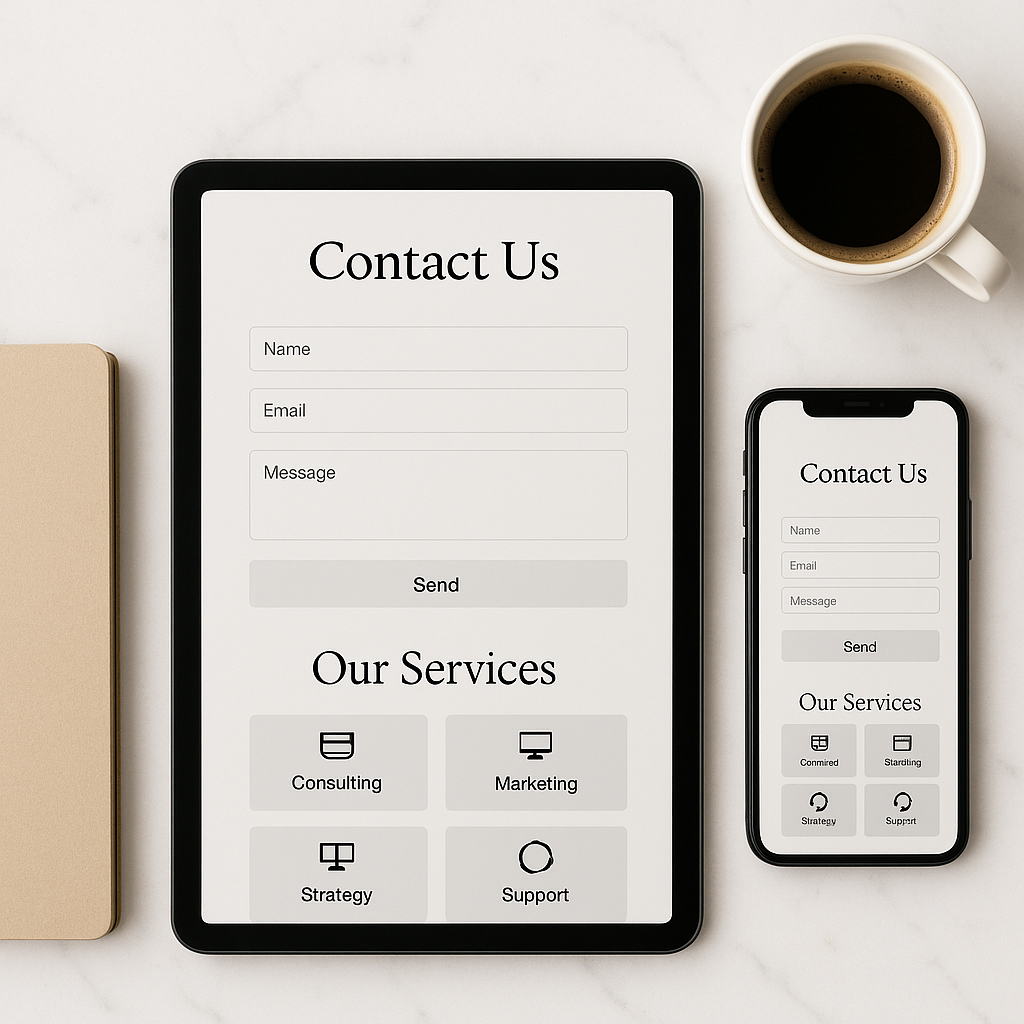How to Build a Drip Email Campaign That Nurtures Real Estate Leads
If you’re serious about converting more prospects into clients, a real estate drip email campaign for leads should be one of your top priorities. Realtors who rely only on one-off emails or phone calls often lose touch with potential buyers and sellers. But with a well-designed drip campaign, you can stay top-of-mind, educate prospects, and build trust until they’re ready to work with you.
In this guide, you’ll learn how to create a drip campaign that feels personal, provides value, and keeps your pipeline full of nurtured leads.
Why Every Realtor Needs a Real Estate Drip Email Campaign for Leads
A drip campaign is an automated sequence of emails that goes out to leads over a set period. Instead of blasting random messages, you strategically deliver the right content at the right time.
For real estate agents, this matters because:
Most leads aren’t ready today. According to NAR, the typical home buyer takes 10 weeks to find a property.
Consistent follow-up builds trust. Staying visible helps clients remember you when they’re finally ready.
Automation saves time. Once built, your emails nurture leads while you focus on closings.
Imagine a homeowner who signs up for your free home value tool. They may not sell right away, but by receiving helpful tips from you weekly, they’ll think of you first when the time comes.
Step 1: Define Your Audience and Segments
Before writing a single email, clarify who you’re talking to. Realtors often make the mistake of lumping all leads together. A first-time buyer has different needs than a downsizing seller.
Segment your list into groups like:
Buyers (first-time, upsizing, relocating)
Sellers (downsizing, moving out-of-state)
Past clients/referrals
This way, your drip emails feel more relevant and personal. For example, a seller campaign might include staging tips, while a buyer campaign might include financing checklists.
Step 2: Map Out the Drip Campaign Stages
Think of your campaign like a journey. A simple 7-email sequence could look like this:
Welcome Email – Thank them for signing up, introduce yourself, and set expectations.
Educational Email – Share market insights or neighborhood guides.
Value Email – Provide a tool or checklist (for example, a real estate market analysis).
Social Proof – Showcase a testimonial or case study.
Engagement Email – Ask them a simple question (“Are you looking to buy in the next 6 months?”).
Offer Email – Invite them to book a free consultation or home valuation.
Follow-Up – A gentle reminder that you’re available when they’re ready.
Each email builds on the last, keeping leads engaged without overwhelming them.
Step 3: Write Engaging, Realtor-Friendly Copy
The best drip emails are short, helpful, and easy to read. You’re not writing a novel; you’re giving just enough value to keep attention.
Tips for copywriting success:
Personalize the subject line. “Hi Sarah, here’s your home value update.”
Keep paragraphs short. Two to three sentences max.
Use a clear call-to-action (CTA). Examples: “See available homes,” or “Book your free consultation.”
Add personality. A light joke about “HGTV not showing the paperwork side of real estate” makes you relatable.
For more inspiration, check out our guide on Real Estate Website Conversion Tips, which explains how small tweaks in messaging increase client response.

Step 4: Automate With the Right CRM
A drip campaign only works if it’s automated. That’s where CRMs come in.
Some of the Top 5 Best CRMs for Realtors (like Follow Up Boss or LionDesk) allow you to build drip sequences, track open rates, and segment leads easily. Without a CRM, you’ll waste time manually sending emails and risk missing follow-ups.
If you’re just starting, review our Best Free Tools for Realtors to see budget-friendly options to get your drip campaigns rolling.
Step 5: Blend Email With Other Lead Nurture Strategies
Email alone is powerful, but combining it with other strategies amplifies results.
Retargeting ads: Pair drip emails with a Facebook Ads vs Google Ads for Realtors strategy so leads see you everywhere.
Content marketing: Share blog posts like Real Estate Landing Page Optimization or How Realtors Can Dominate Google with Local SEO to give leads more resources.
Video: Include a short video in an email explaining “3 mistakes to avoid when selling.”
This multichannel approach makes you the obvious choice when leads are ready.
Step 6: Track and Improve
The first version of your campaign won’t be perfect, and that’s okay. Track key metrics like:
Open rate: Are your subject lines strong?
Click-through rate (CTR): Are people engaging with your CTAs?
Replies and consultations booked: The ultimate sign of success.
If an email underperforms, tweak the subject line, shorten the content, or add a stronger CTA. Over time, small improvements compound into major results.
Real-World Example: Seller Lead Campaign
Let’s say a homeowner downloads your home value guide. Your drip campaign might look like this:
Email 1: “Thanks for checking your home’s value! Here’s how the number was calculated.”
Email 2: “3 ways to boost your home’s value before selling.”
Email 3: “What buyers in your area are looking for right now.”
Email 4: “Here’s how I helped the Smith family sell their home in 14 days.”
Email 5: “Would you like me to send you an updated value every month?”
By the time they’re ready to sell, they trust you because you’ve been consistently helpful.
Conclusion: Build a Real Estate Drip Email Campaign for Leads That Works
A real estate drip email campaign for leads isn’t about spamming inboxes. It’s about building trust, educating prospects, and positioning yourself as the go-to agent when they’re ready to act. By segmenting your audience, creating a smart sequence, writing engaging copy, and automating through a CRM, you’ll set yourself apart from other agents who rely on sporadic follow-ups.
If you’re ready to create a drip campaign that nurtures leads and grows your business, book a free consultation with Digital Dream Homes today. We’ll help you design a website and marketing system that keeps your pipeline full year-round.
Matt Pieczarka
Want a Free Website Audit?
Fill out your information below and we will send you a personal screen share video of tips on how to make your actual website better!
See How Many Closings You're Losing to Zillow!
Click Here to Use our Calculator to See How Many Clients Zillow is Taking From You Per Year!
Backlinks for Small Business Websites: Why Backlinks Matter for Local Businesses
Backlinks for Small Business Websites: Why Backlinks Matter for Local Businesses If you want more customers finding you on Google, you need backlinks for small business websites. P
On-Page SEO Checklist for Small Business Websites
On-Page SEO Checklist for Small Business Websites If you want more local customers to find you, you need an on-page SEO checklist small business owners can actually use. This guide
Google Business Profile Setup for Small Business: The Beginner’s Guide
Google Business Profile Setup for Small Business: The Beginner’s Guide If you want to show up on Google when customers nearby search, you need google business profile setup for s
Local SEO for Small Businesses: Tips for Small Business Owners
Local SEO for Small Businesses: Tips for Small Business Owners If you want to show up when nearby customers search, you need local SEO for small businesses. The good news is that m
How to Create a “Contact Us” Page That Actually Gets Results
Contact Page Optimization for Small Business: How to Create a “Contact Us” Page That Actually Gets Results If you want more calls, emails, and bookings, contact page optimizati
Mobile Friendly Website Tips For Small Business
Mobile Friendly Website Tips For Small Business: Mobile Optimization Tips for Local Business Websites If you need mobile friendly website tips for small business, you are in the ri
Why Your Website Isn’t Bringing in Leads
Why Small Business Websites Fail: Why Your Website Isn’t Bringing in Leads If you’ve ever wondered why small business websites fail, you’re not alone. Many owners invest in a
Best Website Colors For Small Business Branding
Best Website Colors For Small Business Branding: How to Choose the Right Colors for Your Brand Choosing the best website colors for small business branding is not just a design cho
Simple Website Design Tweaks That Boost Small Business Credibility
How to Make Small Business Website Look Professional: Simple Design Tweaks That Boost Small Business Credibility Want quick, high-impact ways to look trustworthy online? If you’v









